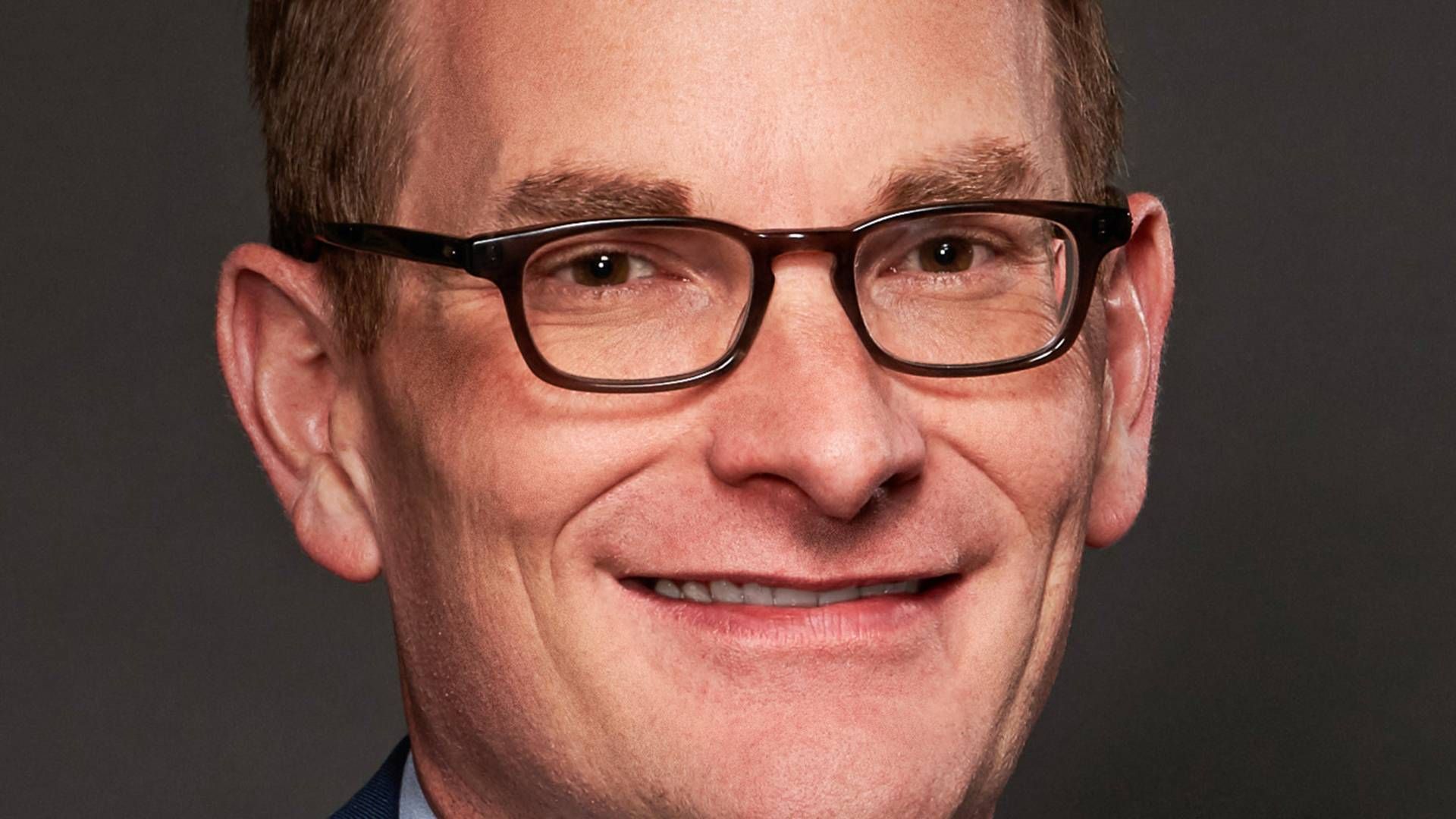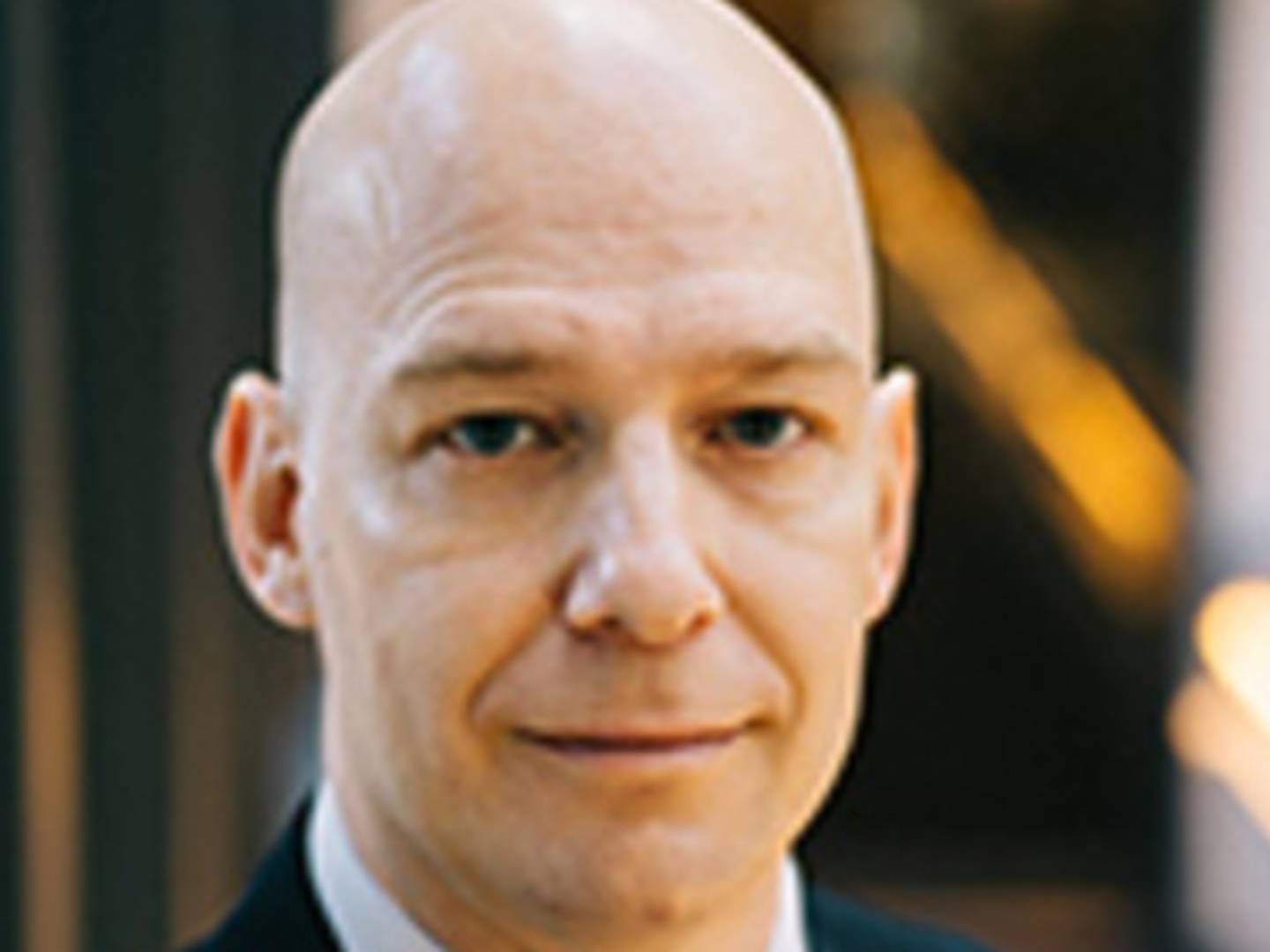Too many active managers spoil the return, quant wizardry shows

Imagine an investment portfolio where one manager underweights Apple by 3 percent while another manager – within the same portfolio – overweights Apple by 3 percent, thereby effectively canceling out both managers’ views.
Even though it might sound counter-intuitive, this is a common issue within institutional portfolios across the world, according to Northern Trust Asset Management's Head of Quantitative Strategies Michael Hunstad.
He and his team have analyzed 64 institutional portfolios worth more than USD 200bn in assets.
"We have even analyzed an emerging market portfolio with six managers where the portfolio had a 90 percent active share cancellation, since the various managers' over- and underweights ended up canceling each other out," Hunstad says to AMWatch in the wake of the USD 1.1 trn asset managers' new Risk Report.
It goes without saying that large institutional investors need to hire multiple active managers because they don't want to push any one manager to their maximal capacity. Hunstad and his team have even seen instances of more than one hundred managers in a single portfolio.
"The challenge is that all the managers are different. Investors risk taking a lot of unintended bets through the overdiversification involved in having many managers in the same portfolio," Hunstad says.
In the worst cases mentioned, the diversification had reached a point where the overall return mimicked the underlying benchmark because of various manager views – but the fees were closer to active management. Because of the alternating views on single securities and indices, investors tend to end taking relatively small active risks against the benchmark.
Does your analysis suggest that there is a correlation between the number of active managers in the overall portfolio, and whether the portfolio construction ends up resembling the benchmark?
"On average, that tends to be true. This suggests that the old method of constructing portfolios – and thinking that adding another manager will make one’s risk go down –is wrong," Hunstad says.
What determines how many managers an institutional investor should have?
"You want enough managers to take the positions you’re interested in, whether they involve low volatility or quality stocks, but you don’t want any more than that. Therein lies the challenge. Typically, a relatively small number of managers is required to express a set of views. Anything over and above this tends to be overdiversifying."
Is there a rule of thumb for the ideal number of active managers, for instance, AUM?
"There is no exact number but I would say that the most successful portfolios that I have seen have been in the mid-to-low single digits in terms of its number of managers. The objective is to always get away with the uncompensated risk. So in my view, a successful portfolio is one that diversifies the bad and keeps the good.
Of course, you can have ten managers and be successful, but you could also have ten managers and be very unsuccessful because you've taking the [diversification, ed.] exercise too far."
Old rules of thumb may be wrong
"The key to is to understand that there' a good and a bad kind of diversification. Too much diversification because of opposite manager views tends to lead to uncompensated risk, which adds to the overall active risk, but not necessarily to the overall return," Hunstad explains.
He highlights that there are two types of risks: Compensated risk, which is the active risk that investors get paid to take, and uncompensated, which builds up more active risk, but does not necessarily beef up returns. Quite the contrary, sometimes.
"In the ideal world, you would like to avoid all the uncompensated risk," he says, referring to unintentional sector, region or country biases and underlying currency exposures.
"The question is how large institutional investors can put all their money to work and still maintain the good kind of diversification?"
Technology
The key message from Northern Trust AM's Risk Report is that investors need to become more precise, a word used dozens of times throughout the interview, when providing external managers with a mandate as part of a portfolio.
"A lot of the mistakes stem from the lack of technology or data that can properly track managers. It's very transparent when you have the tool in front of you and you are looking at the holdings of the portfolio, but often that's not the case for many investors," Hunstad says.
There's a general tendency towards giving fewer managers larger mandates. Won't the issues listed in the report automatically gain less impact over the coming years?
"Technology evolves and the investment process needs to evolve with it. As more asset owners gain access to analytic tools like Bloomberg Port, these issues will naturally become less significant," Hunstad says.
However, he believes the industry is probably a decade away from solving these problems because investors tend to follow old rules of thumb concerning portfolio construction, leaning towards the idea that all risks generate more returns and that all diversification is constructive.
"I hope for an outcome where we get rid of our old rules of thumb concerning portfolio construction and become a bit more scientific in the way we analyze and construct our portfolios. Because that's the only thing that will allow us to overcome these challenges," Hunstad says, and adds:
"With a more data-centric view of how to build portfolios, the technological transition becomes more natural. This is one of the areas where we now have the data and capabilities at hand to make some real improvements here."
Managers of EUR 21.3 trillion are almost all bond quant believers now
Evli keeps confidence in factor funds' future despite difficult take-off
Equity funds for long-term investors face short-term turmoil
















